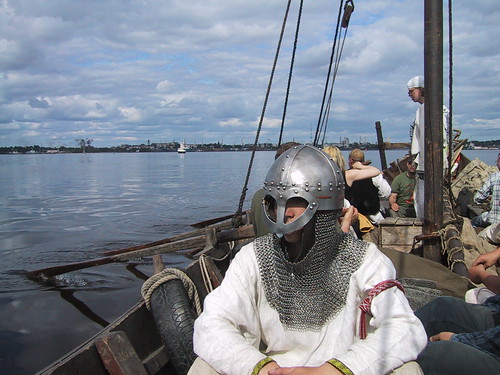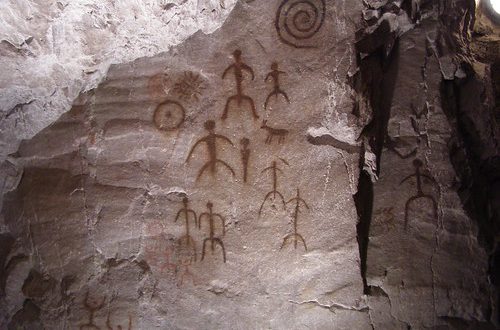 Archaeologists in the sleepy seaside town of Weymouth made a gruesome discovery this month – as the bodies of 51 headless men were found dumped in a thousand-year-old burial pit. The twisted bodies were found without any traces of clothing or valuable items, as good as confirming they had been killed in a mass execution. Radio-carbon dating has placed the grisly find between 890 and 1034 AD, around the time Vikings and Anglo-Saxons were waging a bloody conflict for control of Britain. The feared Norsemen had invaded and taken over the north and east of the island, whereas the Germanic Anglo-Saxons had settled the south and east many years before. Other than deep cuts to the skull, jaw and neck, there are very few other injuries – aside from one man who appears to have had his fingers cut off as he shielded his face. The heads were neatly arranged on an opposite side of the pit; perhaps a deliberate show of victory.
Archaeologists in the sleepy seaside town of Weymouth made a gruesome discovery this month – as the bodies of 51 headless men were found dumped in a thousand-year-old burial pit. The twisted bodies were found without any traces of clothing or valuable items, as good as confirming they had been killed in a mass execution. Radio-carbon dating has placed the grisly find between 890 and 1034 AD, around the time Vikings and Anglo-Saxons were waging a bloody conflict for control of Britain. The feared Norsemen had invaded and taken over the north and east of the island, whereas the Germanic Anglo-Saxons had settled the south and east many years before. Other than deep cuts to the skull, jaw and neck, there are very few other injuries – aside from one man who appears to have had his fingers cut off as he shielded his face. The heads were neatly arranged on an opposite side of the pit; perhaps a deliberate show of victory.
All the evidence gathered thus far points to the dead having been Viking war captives, according to David Score, of Oxford Archaeology: “They look like a healthy, robust, very strong, very masculine group of young males. It’s your classic sort of warrior.” Score also notes the style of execution as proof of the men’s provenance: “Locations like this are classic sites for executions in late Saxon and medieval times,” he says. “If you’re a Viking raider, you’re much more likely to leave people where you killed them in the town or on the beach.” Kit Siddorn, author of Viking Weapons and Warfare, agrees: “I would say this was a Viking raiding party which had been trapped,” he said. “They had left their ship, walked inland, ran into an unusually well-organized body of Saxons, and were probably forced to surrender.” The find’s archaeological team is hoping that further chemical analysis of the bodies can determine once and for all what side they were on. Score points to teeth and arms as the biggest indicators – Vikings were known to file deep grooves in their teeth; and their arms are invariably more developed than those of other tribes, thanks to miles of longboat rowing.
Image by Henri Bergius.



